Many of his best-known stories concern events at, and around, the home farm. Offering insights into peasant life in the mid-19th century, they tell of a time that seems strange to us today: of festivities and joys, of poverty and the simplicity of the rural peasant population. The birth house with the large room and ‘Rauchkuchl’ (scullery or smokey kitchen), the ‘Umadumstall’ (wall to wall outhouse) and the ‘Brechelhütte’ (crusher hut) help visitors learn about the austere life lived by people in Rosegger’s day.
Rosegger Birthplace Alpl
A poet's childhood home

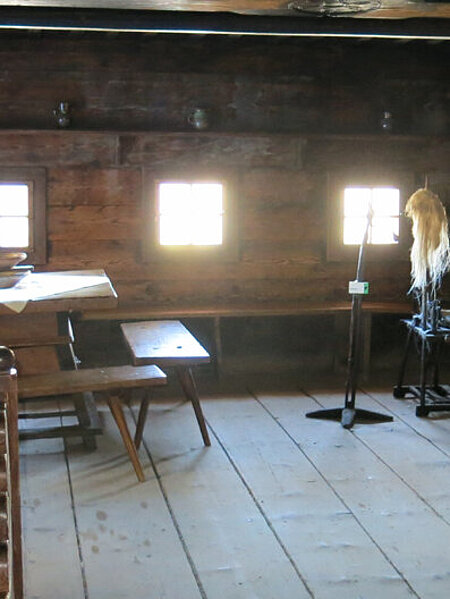
Image Credits
The Birthplace
The history
In Peter Rosegger’s childhood days the “front Kluppenegger” – a property covering just over 58 joche (33.4 hectares or 82.5 acres) – was considered a medium-sized farmstead. It consisted of a farmhouse, stalls and pens for some 20 cows, 8 pigs, 25 sheep and chickens as well as several farm outbuildings such as granary barns, hay and straw stacks, a flax scutching hut and a grain mill.
The central beam in the main front room indicates that the original building was completed in 1744. And the first Roßegger arrived on the scene a short time later – the original document uses “ß” instead of “s”. This particular gentleman was Peter’s great-grandfather, who acquired the “front Kluppenegger” (first mentioned in historical records in 1493) through marriage. His son Ignaz Roßegger died at an early age but had bequeathed the farm to Lorenz Roßegger, who had yet to reach the age of majority, in 1829. Peter was born on 31 July 1843 as the son of Lorenz and Maria Roßegger.
Over the course of years, poor harvests, animal disease and sickness forced the farm into ever greater debt. Eventually, it had to be sold in 1868. The parents moved with their two youngest children into the living room at the back of the house and later on into a cottage – one traditionally kept for a farmer after passing the farm over to his heirs – by the Freßnitz stream. This little farm featured fields, meadows and agricultural buildings.
The farmstead was transferred to a number of different owners in the course of the years. On the occasion of Rosegger’s 70th birthday his friends made an unsuccessful bid to buy back his house of birth as well as the surrounding property. The attempt failed because of an asking price which they were unable to afford.
The Province of Styria acquired the Kluppeneggerhof in 1927. By that time the farmhouse was completely dilapidated and the outhouses little more than ruins. The estate manager’s house was built two years later using stones taken from the house where Rosegger was born. In the 1970s the Brechel hut and Umadumstall (“wall-to-wall outhouse”) were reconfigured and rebuilt on the basis of the remains of walls and Rosegger’s sketches in time for the 1993 Styrian Exhibition.
Glimpses
![Rosegger-Birthplace Alpl [Translate to English:] Ansicht Alpl Standort](/fileadmin/_processed_/6/a/csm_Rosegger_Alpl_2023_03_747f954c03.jpg)
Image Credits
![Rosegger-Birthplace Alpl [Translate to English:] Ansicht Alpl Standort](/fileadmin/_processed_/f/e/csm_Rosegger_Alpl_2023_07_c598ab8700.jpg)
Image Credits
![Rosegger-Birthplace Alpl [Translate to English:] Ansicht Alpl Standort](/fileadmin/_processed_/f/6/csm_Rosegger_Alpl_2023_08_72cae560f5.jpg)
Image Credits
![Rosegger-Birthplace Alpl [Translate to English:] Ansicht Alpl Standort](/fileadmin/_processed_/c/f/csm_Rosegger_Alpl_2023_10_59569683d5.jpg)
Image Credits
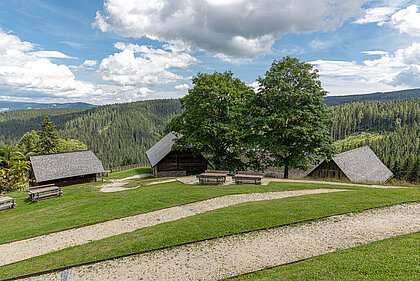
Image Credits

Image Credits
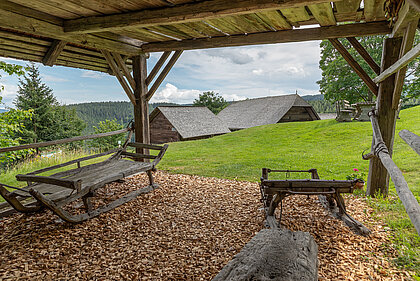
Image Credits
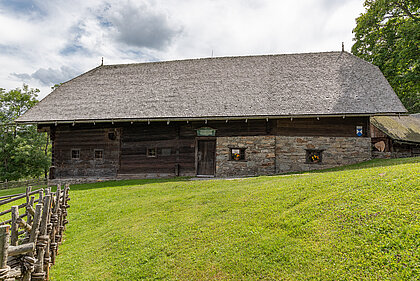
Image Credits
![Rosegger-Birthplace Alpl [Translate to English:] Ansicht Alpl Standort](/fileadmin/_processed_/1/9/csm_Rosegger_Alpl_2023_28_5b875dfc84.jpg)
Image Credits
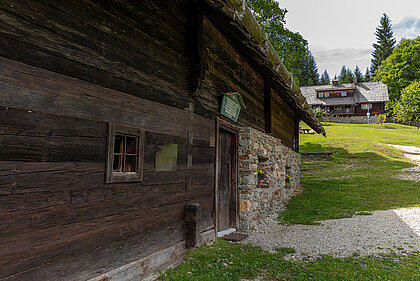
Image Credits
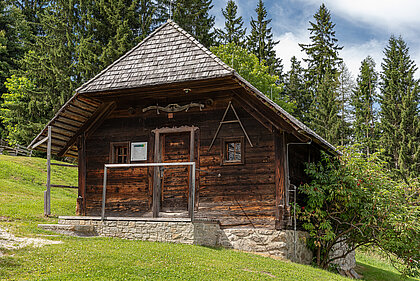
Image Credits
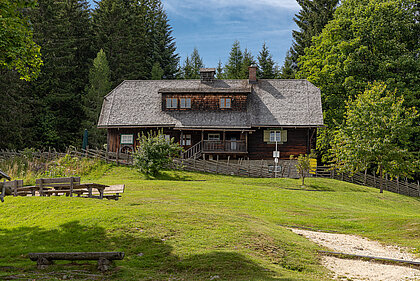
Image Credits
Also visit Rosegger Museum Krieglach!
The permanent exhibition in Rosegger Museum shows letters and documents as well as pictures and writings which show among other things that Rosegger was in close contact with numerous artists of his time.
![View of the permanent exhibition in Krieglach [Translate to English:] Ansicht Dauerausstellung Krieglach](/fileadmin/_processed_/9/7/csm_Krieglach_Dauerausstellung_2023_01_af2eccee3f.jpg)
Image Credits



















